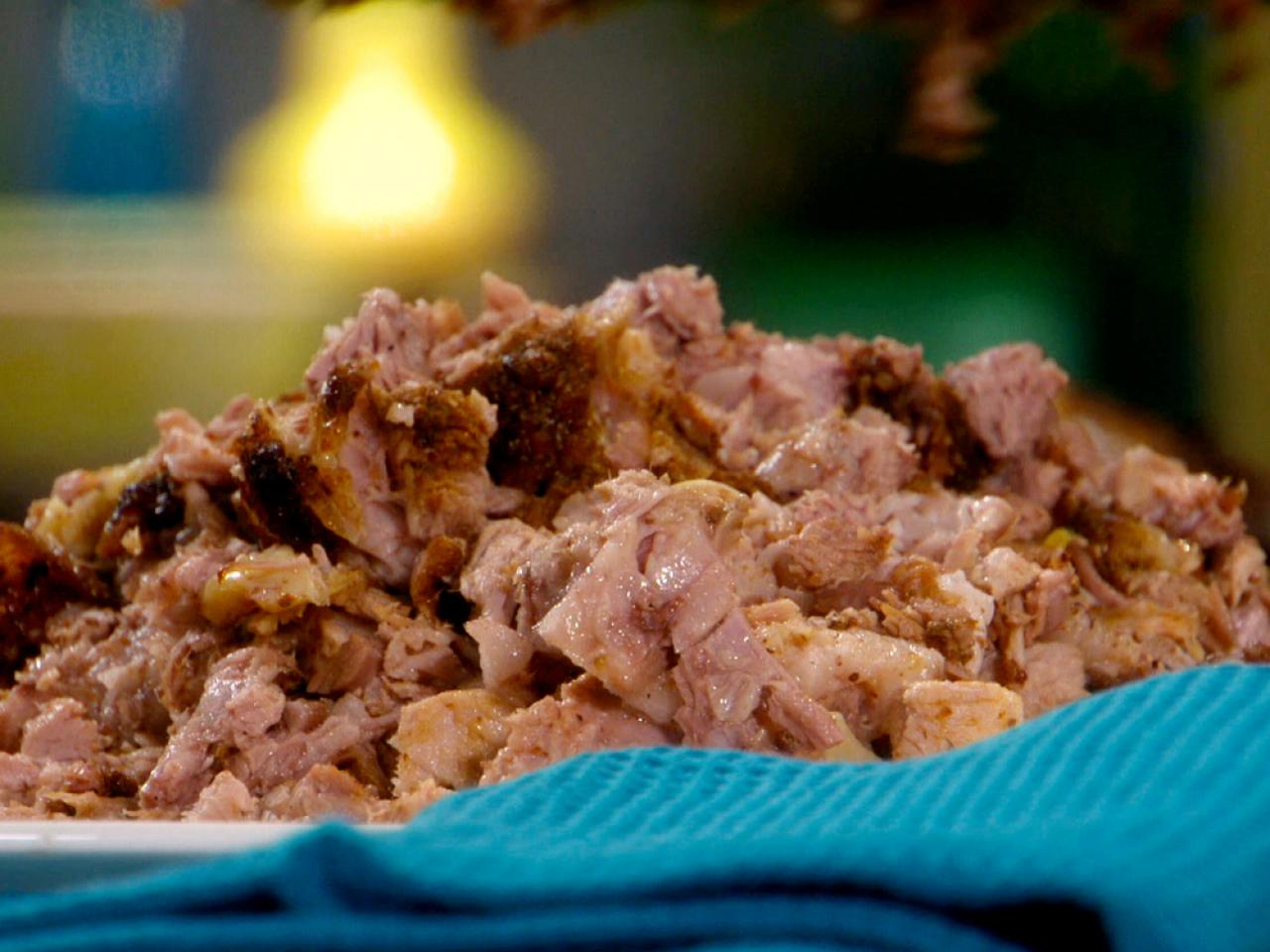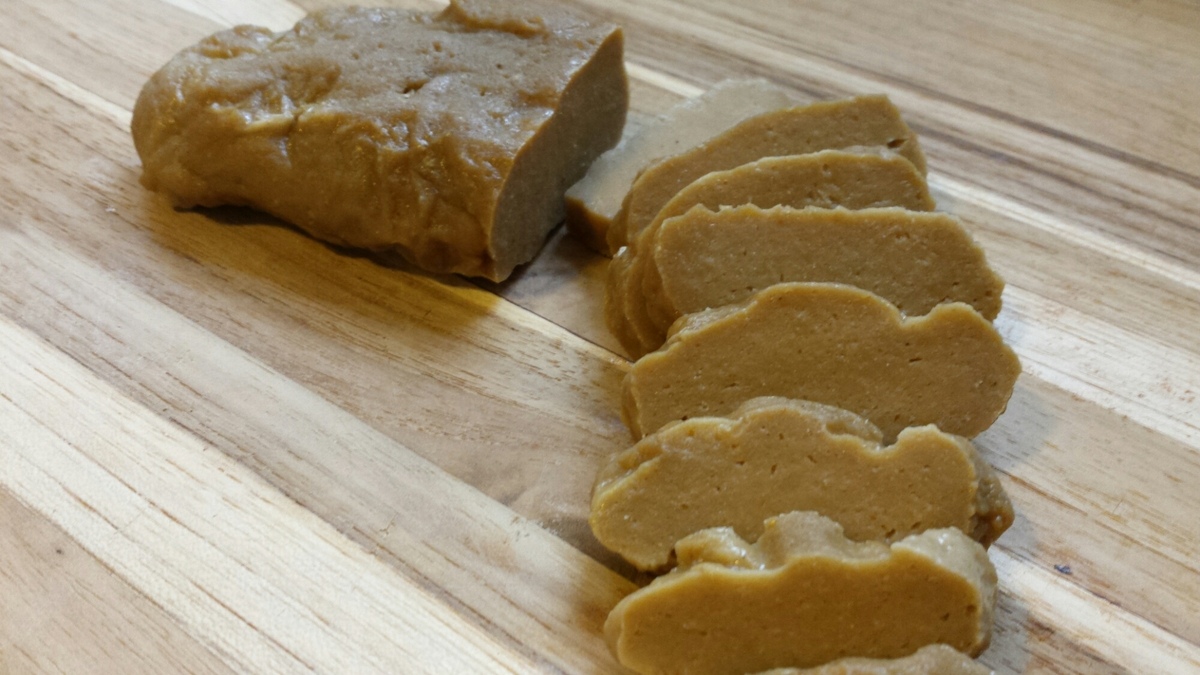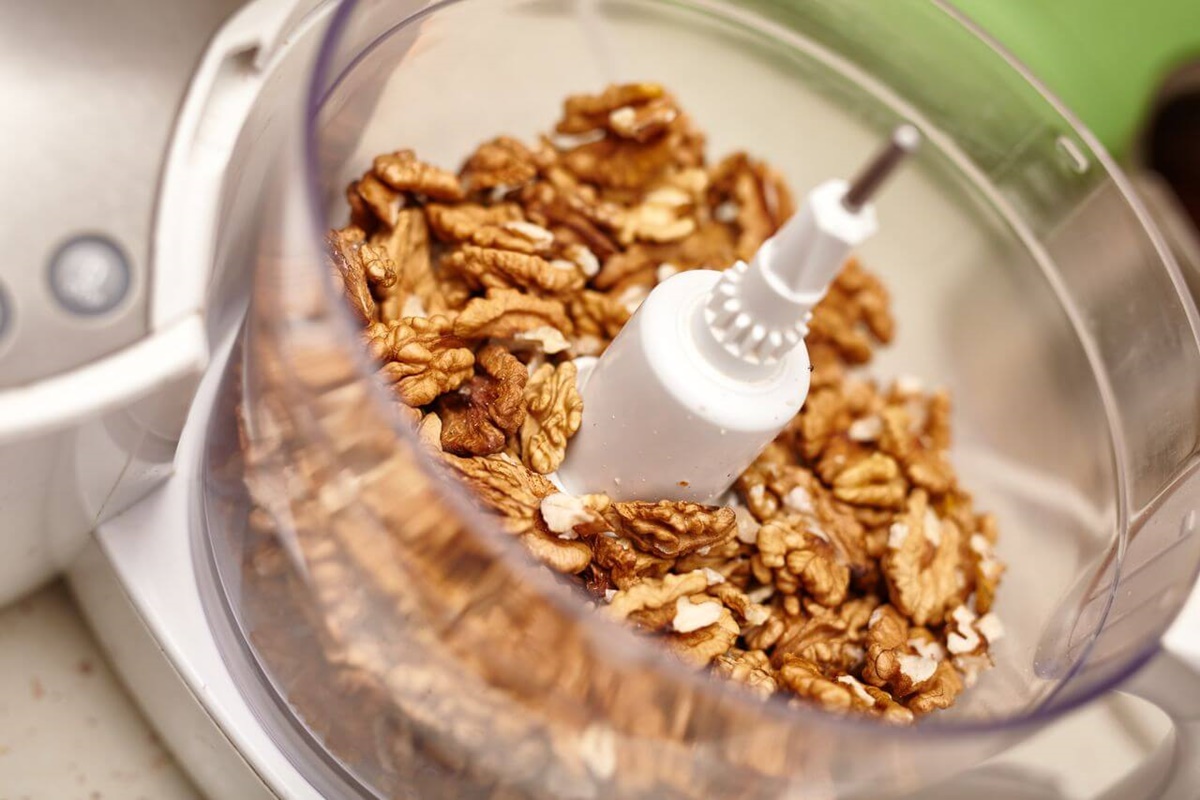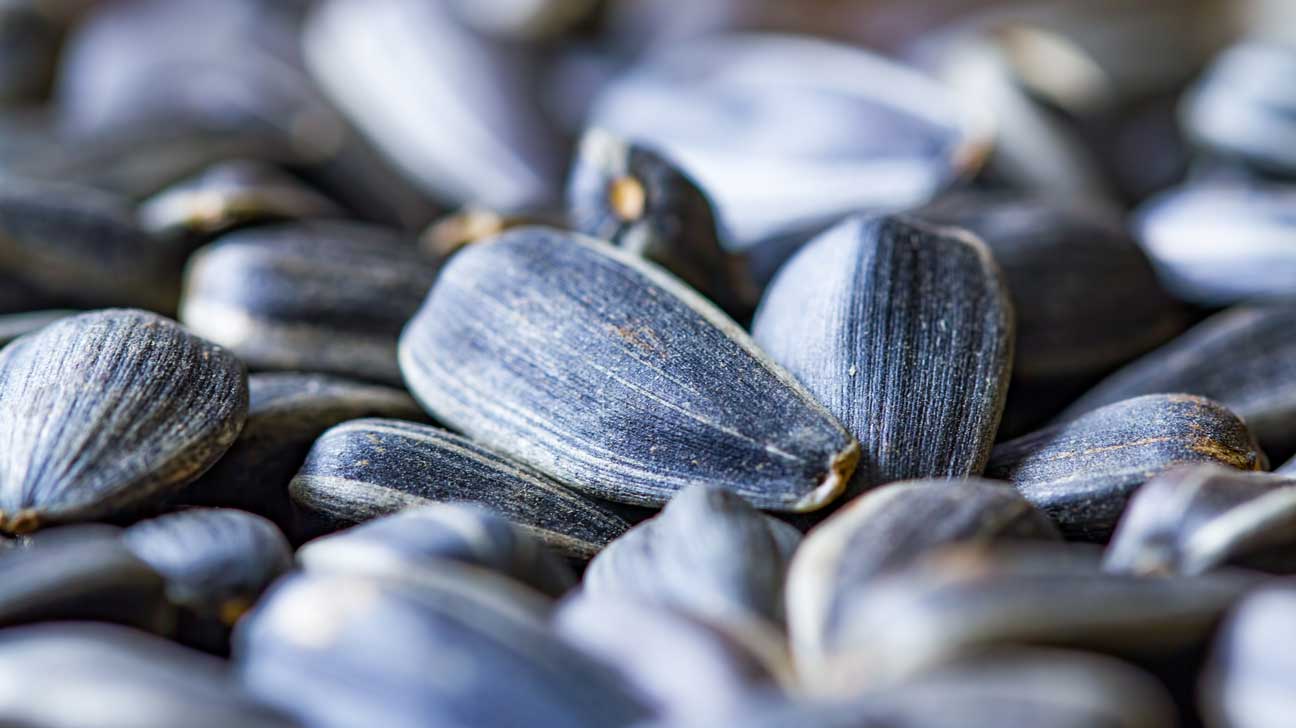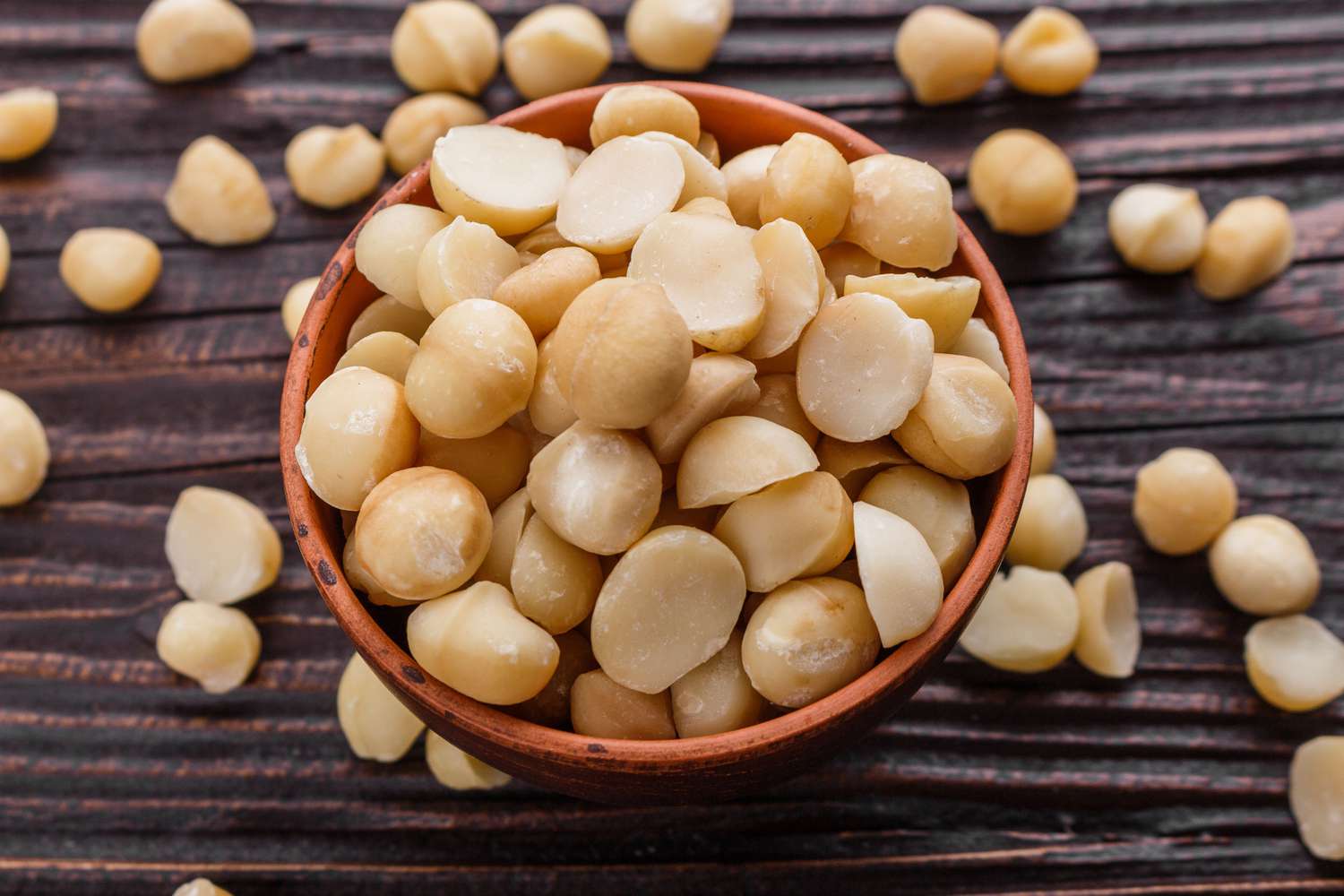Making seitan at home can seem tricky, but it's easier than you think. Seitan, also known as wheat meat, is a popular meat substitute made from gluten, the protein in wheat. It's chewy, savory, and can mimic the texture of chicken, beef, or pork. Perfect for vegans, vegetarians, or anyone looking to cut down on meat, seitan is versatile and can be used in many dishes. With just a few ingredients and some patience, you can create delicious homemade seitan that will impress your friends and family. Let's dive into the basics of making this tasty meat alternative.
Essential Ingredients for Crafting Homemade Seitan
Ingredients
- 2 cups vital wheat gluten
- 1/4 cup nutritional yeast
- 1 teaspoon garlic powder
- 1 teaspoon onion powder
- 1/2 teaspoon smoked paprika
- 1/2 teaspoon salt
- 1 1/4 cups vegetable broth
- 2 tablespoons soy sauce
- 1 tablespoon olive oil
- 1 teaspoon liquid smoke (optional)
- 8 cups water (for simmering)
- 1/4 cup soy sauce (for simmering)
- 2 cloves garlic, crushed (for simmering)
- 2 bay leaves (for simmering)
The Must-Have Tools for Seitan Preparation
Tools Needed for Mastering the Art of Homemade Seitan
- Mixing Bowl: For combining ingredients.
- Measuring Cups and Spoons: Ensures accurate ingredient amounts.
- Whisk: Helps mix dry and wet ingredients smoothly.
- Large Pot: Used for simmering the seitan.
- Steamer Basket: Keeps seitan elevated in the pot.
- Tongs: Handy for flipping and removing seitan from the pot.
- Knife: For cutting the seitan into desired shapes.
- Cutting Board: Provides a safe surface for slicing.
- Plastic Wrap or Aluminum Foil: Wraps the seitan for steaming.
- Colander: Drains excess water after cooking.
- Kitchen Timer: Tracks cooking time accurately.
- Wooden Spoon: Useful for stirring the mixture.
- Rolling Pin: Flattens the dough if needed.
- Baking Sheet: For baking seitan if preferred over steaming.
- Parchment Paper: Prevents sticking on the baking sheet.
- Blender or Food Processor: Optional, for blending ingredients smoothly.
For perfect seitan, knead your dough thoroughly to develop gluten, which gives it a meaty texture. Simmer gently in broth to infuse flavors without making the seitan sponge-like.
The Importance of Making Seitan from Scratch
Homemade seitan offers control over ingredients, ensuring a healthier, preservative-free option. Crafting it yourself allows for customization of flavors and textures, making it versatile for various dishes. Additionally, making seitan at home is cost-effective, reducing grocery bills while providing a satisfying, protein-rich alternative to meat.
Your Guide to Perfecting Seitan at Home
Mastering the Art of Homemade Seitan
Ingredients:
- Vital Wheat Gluten: 2 cups
- Nutritional Yeast: 1/4 cup
- Garlic Powder: 1 tsp
- Onion Powder: 1 tsp
- Soy Sauce: 1/4 cup
- Vegetable Broth: 1 1/4 cups
- Olive Oil: 2 tbsp
For the Broth:
- Vegetable Broth: 8 cups
- Soy Sauce: 1/4 cup
- Garlic Cloves: 4, smashed
- Bay Leaves: 2
Instructions:
-
Mix Dry Ingredients
- Combine vital wheat gluten, nutritional yeast, garlic powder, and onion powder in a large bowl. Mix thoroughly.
-
Add Wet Ingredients
- In a separate bowl, mix soy sauce, vegetable broth, and olive oil. Stir until well combined.
-
Combine Wet and Dry Ingredients
- Pour the wet mixture into the dry ingredients. Stir until a dough forms.
-
Knead the Dough
- Knead the dough for about 5 minutes. The dough should become elastic and firm.
-
Shape the Dough
- Shape the dough into a log or divide it into smaller pieces, depending on your preference.
-
Prepare the Broth
- In a large pot, combine vegetable broth, soy sauce, smashed garlic cloves, and bay leaves. Bring to a boil.
-
Cook the Seitan
- Once the broth is boiling, reduce to a simmer. Add the shaped dough to the broth. Cover and let it simmer for 1 hour. Turn the dough halfway through cooking.
-
Cool the Seitan
- After cooking, remove the seitan from the broth. Let it cool on a cutting board.
-
Slice and Store
- Once cooled, slice the seitan into desired pieces. Store in an airtight container in the refrigerator for up to a week.
-
Optional: Marinate for Extra Flavor
- For added flavor, marinate the seitan in your favorite sauce or seasoning before cooking in your preferred method.
-
Cook as Desired
- Seitan can be grilled, sautéed, baked, or used in various dishes. Adjust cooking times based on the method you choose.
-
Enjoy Your Homemade Seitan
- Use your homemade seitan in sandwiches, stir-fries, salads, or any dish where you want a protein boost.
Bringing It All Together
Making homemade seitan isn't just about following a recipe; it's about experimenting and finding what works best for you. With vital wheat gluten, seasonings, and a bit of patience, you can create a protein-packed meat alternative that's both versatile and delicious. Whether you're using it in stir-fries, sandwiches, or soups, seitan can be tailored to fit any dish. Remember to knead the dough well for the right texture and simmer it gently to avoid a rubbery outcome. Once you've mastered the basics, don't hesitate to experiment with different flavors and cooking methods. Homemade seitan is a fantastic addition to any kitchen, offering a nutritious and tasty alternative to meat. Happy cooking!
All Your Questions About Homemade Seitan Answered
What is seitan made of?
Seitan is made from wheat gluten, which is the protein found in wheat. When you mix wheat flour with water and knead it, you can wash away the starch, leaving behind the gluten. This gluten is then cooked to create seitan.
How do you cook seitan?
You can cook seitan by simmering, steaming, or baking. Simmering in a flavorful broth is common, but steaming helps it retain a firmer texture. Baking can give it a chewier bite. Each method gives a different texture, so try them all to see what you like best.
Can I flavor seitan?
Absolutely! Seitan is like a sponge for flavors. You can add soy sauce, spices, herbs, or even vegetable broth to the dough before cooking. Marinating cooked seitan also works great for adding extra taste.
Is seitan gluten-free?
No, seitan is not gluten-free. It's made entirely from wheat gluten, so it's not suitable for people with celiac disease or gluten intolerance. If you need a gluten-free meat substitute, consider tofu or tempeh.
How do you store homemade seitan?
Store homemade seitan in an airtight container in the fridge. It usually lasts about a week. For longer storage, you can freeze it. Just make sure to wrap it well to prevent freezer burn.
What dishes can I make with seitan?
Seitan is super versatile! You can use it in stir-fries, sandwiches, soups, or even grilled like a steak. It absorbs flavors well, making it a great addition to many dishes.


